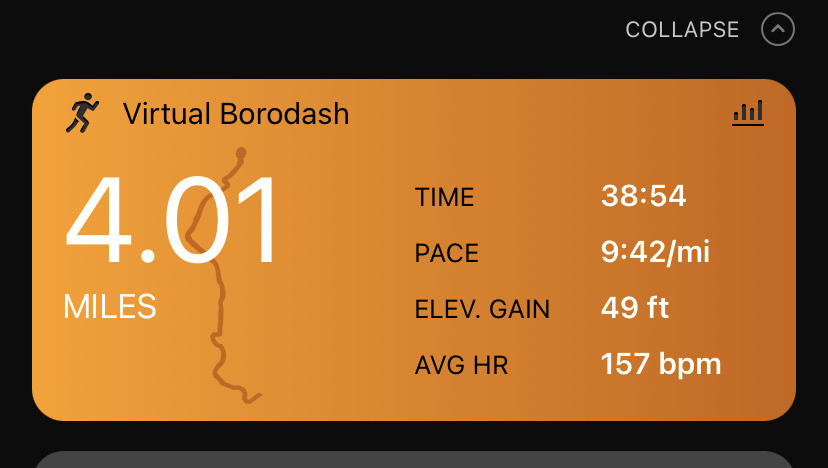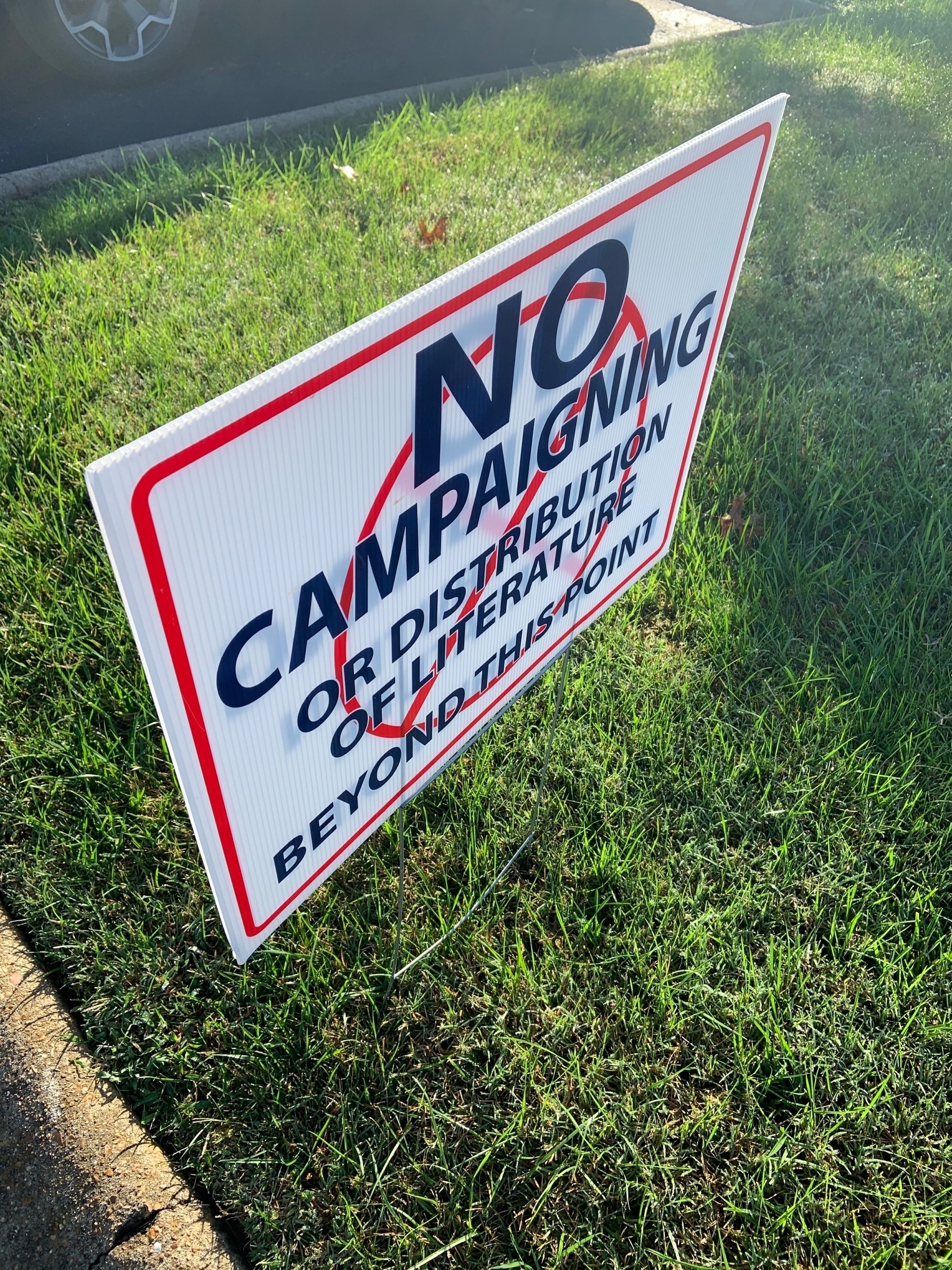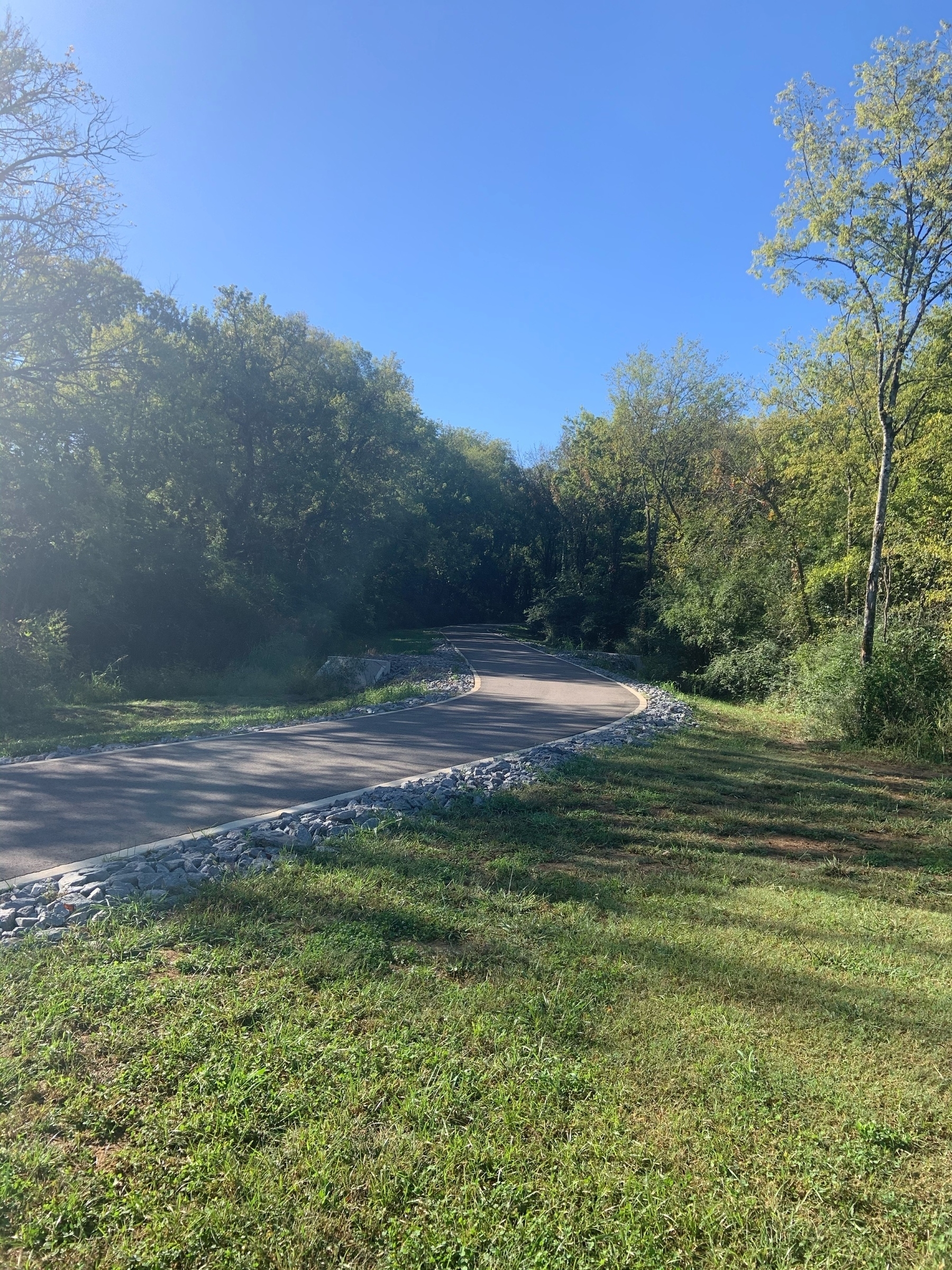Incoming books:
- Race Matters by Cornel West
- Jesus of Nazareth: The Infancy Narratives by Pope Benedict XVI
- Learning the Virtues by Romano Guardini
I finished the Rilke collection the other night. On the whole, I liked it - particularly The Duino Elegies. Much of it was gorgeous opaque, but then:
And now in vast, cold, empty space, alone.
Yet hidden deep within the the grown-up heart,
longing for the first world, the ancient one...
Then, from His place of ambush, God leapt out.
That's from "Imaginary Career." Even in translation, Rilke turns a phrase. I also finished The Sign of Jonas, and I'm going to have to think about that one for awhile. Coming as it does at this time of my life - in these particular circumstances - it sheds a great deal of light on the contradictions of a vocation. What God wills against what you expect (or even desire). And this according to the You that stands apart! What he sought in Gethsemani was not what he found. Not at first, anyway. In the end he found it, but he had come so far in his understanding that he barely recognized the person who had begun the same book he was finishing. This book was recommended to me, I think because I had expressed an affinity for both Jonah and Thomas Merton. Certainly I'll be turning over contradiction for some time to come.
Lectio has been alternating between Isaiah and the Gospel reading for this Sunday, which marks the beginning of Advent. As I'm writing this, that would be Mark 13:33-37. The things that 'jump out' and stay with me from session to session continue to astonish me.
At first it was watch and pray. Surely we only watch when we are confident that the master will return? We wait in perfect expectation. And we pray in all things, at all times. Let prayer be unceasing, but not unconscious. A man once told me that he wasn't sure when he wasn't praying! That's what I want, how I want to be. David Steindl-Rast shows us that gratitude as a response to a gift is an act of profound love and prayer. It recognizes the gift, as gift, which means it also acknowledges the giver.
The next night it was what I say to you, I say to all. All are to watch. No one is exempt! The invitation is universal. Could this also be read a bit differently? Those who hear have a solemn charge to show and tell. As He speaks to us, so He speaks to all - if we let Him. "The medium is the message." Did you know that McLuhan was Catholic? I only learned that a few years ago, to be honest.
Last night I stayed with whether in the evening, or at midnight, or at cockcrow, or in the morning. I'm still pondering this one. These are nighttime and the liminal moments surrounding darkness, maybe when watchfulness is most difficult.
I'm not even sure if trying to capture these thoughts and responses is worthwhile - something seems to be lost between the heart, the head, and the keyboard.





